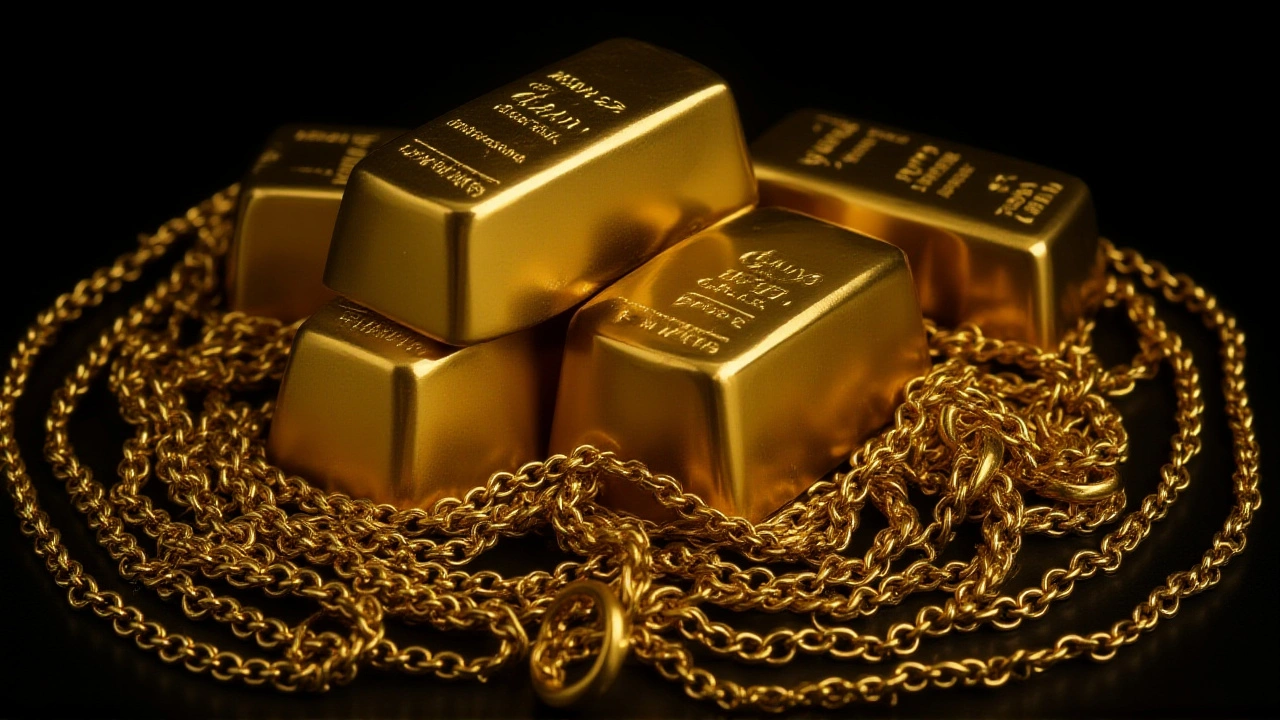Gold: Prices, Mining, Investment and More
When talking about gold, the bright yellow metal prized for its rarity, malleability and lasting value. Also known as aurum, it has shaped economies, cultures and personal wealth for centuries, you quickly see why it matters in many ways. Gold mining extracts the metal from underground veins and open‑pit deposits supplies the raw material, while Gold price tracks daily market value in dollars per ounce tells investors whether it’s a safe haven or a speculative play.
South Africa’s gold mining history reads like a lesson in industrial ambition. Early 20th‑century discoveries turned the Witwatersrand basin into a global powerhouse, and today companies such as Harmony Gold and AngloGold still pump thousands of tonnes of ore each year. The sector’s core attributes include deep‑level shafts, sophisticated processing plants and a workforce that blends seasoned engineers with skilled laborers. Because the metal is dense and chemically inert, extraction demands heavy machinery, cyanide leaching and strict environmental controls. These operational details directly affect the cost of production, which in turn influences the gold price you see on the ticker.
Beyond the mine, the metal’s price ripples through everyday life. When the dollar weakens or inflation spikes, investors often flock to gold as a hedge, pushing spot prices higher. Central banks add to the dynamic by buying or selling reserves, which can shift demand overnight. Meanwhile, retail buyers look for bullion coins or bars as a tangible store of wealth, and jewellers melt the metal into rings, necklaces and cultural ornaments. Each of these uses—investment, reserve management, personal adornment—creates a feedback loop that fuels price volatility and shapes market sentiment.
Why Gold Matters Today
In a world of rapid technological change, gold still holds a unique place. Its conductivity makes it essential for high‑end electronics, while its reflectivity secures roles in aerospace coating. The metal also powers emerging finance tools: gold‑backed exchange‑traded funds (ETFs) let everyday investors own a slice of the market without storing physical bullion. At the same time, mining regulations and sustainability standards are tightening, prompting firms to adopt greener extraction methods and community‑focused development plans. These shifts illustrate how gold intersects with environmental policy, financial innovation and social responsibility.
The cultural side of gold shouldn’t be overlooked. In South Africa, gold festivals celebrate heritage, while local artists incorporate the metal into contemporary sculpture. Seasonal spikes in wedding and festive jewelry demand often coincide with price surges, linking tradition to market forces. Likewise, the term “golden” appears in sport—think Golden Arrows’ upset over Sundowns—showing that the metal’s symbolism of value and triumph permeates everyday language.
From a practical standpoint, anyone interested in gold should keep an eye on three key indicators: mining output figures, central bank reserve changes, and macro‑economic trends like inflation rates. Monitoring these signals helps you gauge whether the metal is likely to rise, hold steady, or dip in the coming weeks. Whether you’re a seasoned trader, a casual buyer, or just curious about the metal that has shaped economies for millennia, understanding these connections equips you to make smarter decisions.
Below you’ll find a curated mix of stories that dive deeper into the topics we’ve outlined. Expect coverage of South African mining projects, latest price movements, investment strategies and cultural angles that highlight gold’s enduring relevance. Let’s explore how this timeless metal continues to impact the world around us.
Gold Hits $4,011/oz on Oct 7, 2025 – Experts Cite Rate Cuts
Spot gold broke $4,000 on Oct 7, 2025, driven by Fed rate‑cut hopes, geopolitical tension and record ETF inflows, with experts forecasting continued upside.
Read More

